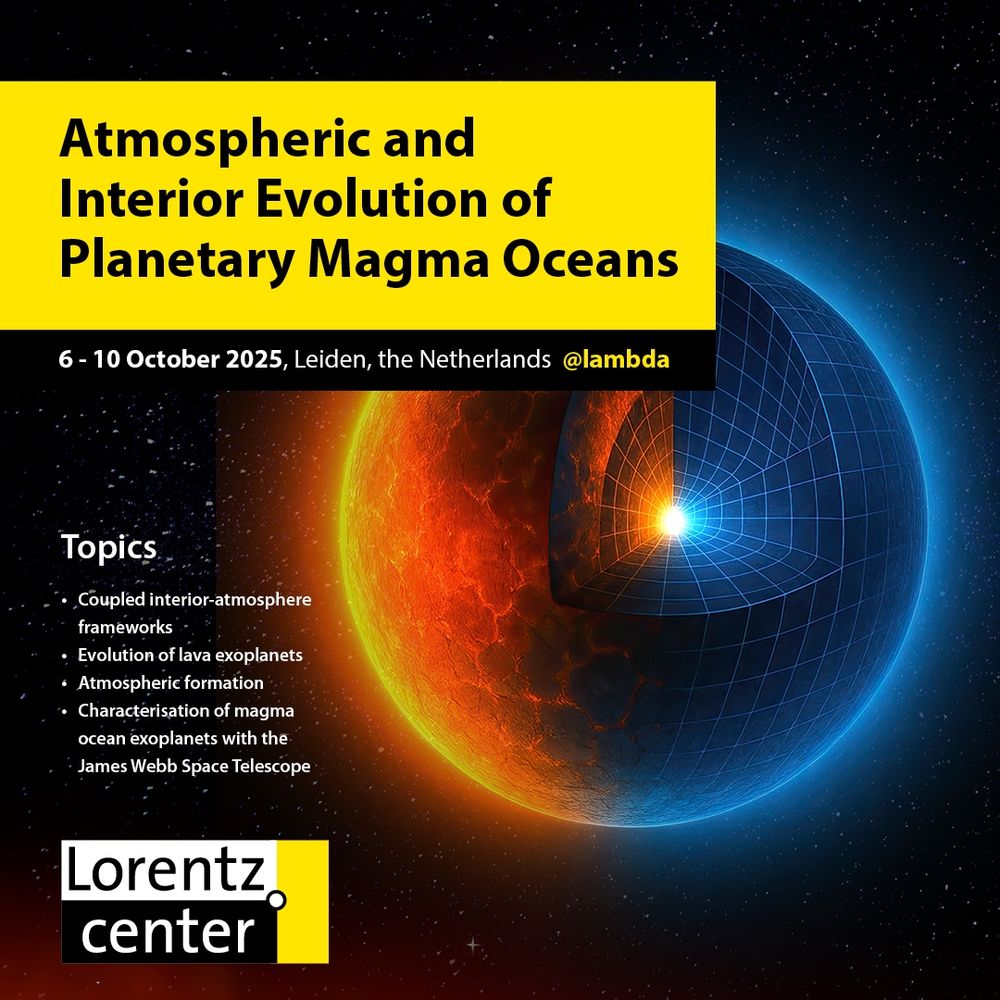Tim Lichtenberg
@timlichtenberg.bsky.social
590 followers
700 following
88 posts
Assistant Professor of Planetary Physics at Kapteyn Astronomical Institute, University of Groningen 🇪🇺 he/him | formingworlds.space | born at 351 ppm
Posts
Media
Videos
Starter Packs
Reposted by Tim Lichtenberg
Reposted by Tim Lichtenberg
Reposted by Tim Lichtenberg
Reposted by Tim Lichtenberg
Reposted by Tim Lichtenberg
Reposted by Tim Lichtenberg
Reposted by Tim Lichtenberg
Reposted by Tim Lichtenberg
Reposted by Tim Lichtenberg
Harrison Nicholls
@nichollsh.bsky.social
· Jul 25
Reposted by Tim Lichtenberg
Reposted by Tim Lichtenberg
Reposted by Tim Lichtenberg















